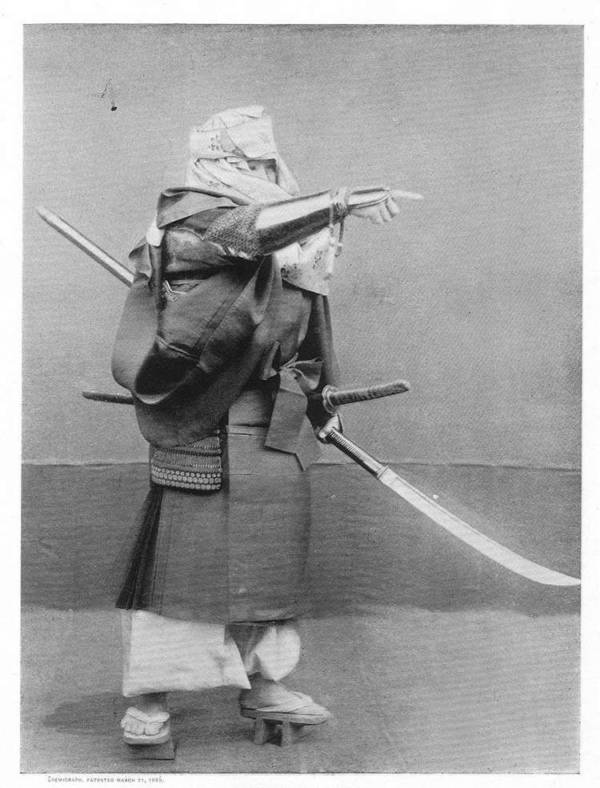Suboxone deficiency.
OPIOID AGONIST PROGRAM – suboxone
What is suboxone?
Suboxone is a combination pill, composed of both buprenorphine and naloxone. It is available in two strengths, 2 mg (buprenorphine) / 0.5 mg (naloxone) as well as 8 mg (buprenorphine / 2 mg naloxone).
In terms of a pharmacological therapy for opioid addiction, many consider suboxone to be the “new kid on the block”. It has been around for some time, both in the United States (where it is slowly surpassing methadone as the treatment of choice) and throughout Europe.
How is it taken?
Unlike methadone, suboxone comes in a pill form and is taken “sublingually”, meaning it is placed under the tongue to dissolve. The buprenorphine component is absorbed quite quickly by the generous bloodstream under the tongue. The naloxone portion, however, is not absorbed and remains in the mouth, either to be swallowed or spit out.
Why is the buprenorphine mixed with naloxone?
Naloxone is a very powerful opioid antagonist, meaning once taken, it will cause an abrupt and powerful withdrawal syndrome, characterized by nausea, vomiting, diarrhea, muscle cramps, etc. However, for this to take place, the naloxone must enter the blood stream, usually by injection. Taken orally, as is the case with suboxone, the naloxone has no action. If swallowed, the medication does not get absorbed into the blood stream via the stomach or intestines. This is the reason the manufacturers combined naloxone with buprenorphine. Quite simply, it is to prevent people from crushing the tablets and injecting them.
What are the advantages of suboxone over that of methadone?
There are many reasons why suboxone may be the preferred form of therapy.
Less stigmatizing than methadone.
Can often get to a stabilized or maintenance dose within the first or second day.
Has a better safety profile (less likely to cause overdose, little to have no effect on heart rhythms).
May be easier to come off of than methadone.
Longer acting than methadone so may not require daily dosing.
Fewer side effects, such as constipation, than methadone.
What are the disadvantages of suboxone over that of methadone?
May not fully satisfy cravings or block withdrawal symptoms for those with high tolerances.
May be more costly if not covered by Ontario Drug Benefit Program.
Dose adjustments may be more difficult.
May cause a “PRECIPITATED WITHDRAWAL”.
What is Precipitated Withdrawal?
To fully understand what precipitated withdrawal is, some background information is needed.
In a pharmacological sense, suboxone is said to have “low intrinsic activity”. What this means is that once the molecule is attached to a receptor site on the brain, it does not activate or light up that receptor to the same extent most other opioids do, including methadone. You can think of it like a light switch. Where methadone is like turning the light on, suboxone is like a dimmer switch.
Suboxone is also said to have “high affinity”, meaning it is a very sticky molecule. Once attached to the receptor, it does not like to come off. This is one of the reasons it so long acting.
So what does this have to do with precipitating withdrawal? If an individual who takes suboxone for the first time also has recently taken any other opioid, the suboxone will be forced to compete with that other opioid for the receptor. Because of its “high affinity”, it often wins the battle and throws the other opioid off the receptor site, taking its place instead. This alone does not cause the precipitated withdrawal. Once suboxone is in the receptor its “lower intrinsic activity” does not light up the receptor to the same extent as the opioid that was just removed. This is what causes the withdrawal. It is “precipitous”, meaning it is a steep or abrupt onset to symptoms.
Bottom line, if you are planning on going onto suboxone, it is very important that you present for the first dose in a state of mild to moderate withdrawal. If you get the first dose while actively using other opiates, it was cause a severe withdrawal that is difficult to reverse for hours.
How long should I wait after my last dose before starting suboxone?
In general, most short acting opioids (like heroin, morphine, oxycodone) result in withdrawal symptoms starting about 6 hours after consumption. Long acting opioids (like methadone, oxycontin, etc) take much longer to leave the system. The question really comes down to how soon the individual feels mild to moderate symptoms kick in. These symptoms include yawning, sneezing, slight nausea, slight muscle cramping. They should not be severe symptoms such as vomiting and diarrhea. Once a person has established how soon withdrawal symptoms kick in for their last use, adding on a few more hours usually does the trick. In general, for short acting opioids, most people should present in the morning, not having used anything else, including codeine, from at least the night before. For long acting opioids, sthe person may need to miss one or two full days.
Withdrawal is uncomfortable and often causes a lot of anxiety along with physical symptoms. It is important to note that even mild symptoms can often trigger much anxiety as it reminds the dependent of a time when withdrawal became severe. Be aware of this and remember that the mild to moderate symptoms you are experiencing will soon be alleviated.
Can suboxone be used during pregnancy?
The short answer is no. If you are pregnant, methadone would be a better choice. If you become pregnant while on suboxone, you can either switch to methadone or your physician can apply to Health Canada to get Subutex for you. This product is not commercially available le in Canada but can be accessed if needed. It is buprenorphine but without the naloxone portion. It has been shown to be a safe alternative to the combination product.
CATC TWITTER
©COPYRIGHT
Canadian Addiction Treatment Centres All rights reserved.
This website is hi-octane creative.
www.hi-octanecreative.com












